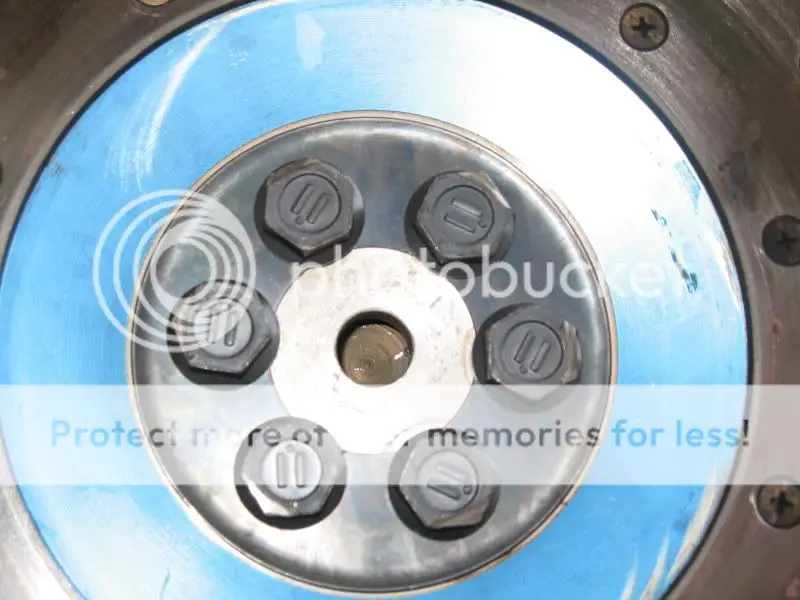DailyDSM
Well-known member
Well I'm still trying to figure out my idle issues. I just finished installing a 160A Saturn alternator which did nothing to fix my idle/stalling issues. I currently have the common problem of stalling when come to a stop with the clutch pushed in or anytime the revs drop from 2k-3k or above. Yesterday, I noticed at idle, out of gear, that when the clutch is pushed in, vacuum drops from 15inHg to ~ 5inHg, and revs drop from a steady 1100 rpms (current idle setting) down to 5-600 rpms where the car stumbles or stalls while trying to bring the engine back up to idle.
Now what I'm trying to figure out is how the clutch being pushed in could cause such a substantial change in vacuum? Does it have to do with engine load? I know BC280 cams can cause idle issues with lower vacuum (which is why my idle is set higher than stock) but I don't see how the hydraulic clutch system can change vacuum pressure.
Mods:
1992 Galant VR4: G4CS Block, Eagle/Wiseco Pistons, FIC 1000cc, FP3052, Tial 44mm External Wastegate, Griffin FMIC, Walbro 255 HiFlow Fuel Pump -6AN Fuel Lines, BC 280/280, Mild Port/Polish Head, BC Valvetrain, 2G MAS, HKS SSQV BOV (recirculated), Mildly ported stock intake/throttle body, FIAV eliminated, Aeromotive AFPR, Innovate LC1Wideband, EVO3 Exhaust Manifold, FP 2.5" O2 Housing, CM 3" Turboback Exhaust, ECMLink (Upgraded from DSMLink V2), ACT 2600, Fidenza Aluminum Flywheel, etc
Thanks,
Tim
Now what I'm trying to figure out is how the clutch being pushed in could cause such a substantial change in vacuum? Does it have to do with engine load? I know BC280 cams can cause idle issues with lower vacuum (which is why my idle is set higher than stock) but I don't see how the hydraulic clutch system can change vacuum pressure.
Mods:
1992 Galant VR4: G4CS Block, Eagle/Wiseco Pistons, FIC 1000cc, FP3052, Tial 44mm External Wastegate, Griffin FMIC, Walbro 255 HiFlow Fuel Pump -6AN Fuel Lines, BC 280/280, Mild Port/Polish Head, BC Valvetrain, 2G MAS, HKS SSQV BOV (recirculated), Mildly ported stock intake/throttle body, FIAV eliminated, Aeromotive AFPR, Innovate LC1Wideband, EVO3 Exhaust Manifold, FP 2.5" O2 Housing, CM 3" Turboback Exhaust, ECMLink (Upgraded from DSMLink V2), ACT 2600, Fidenza Aluminum Flywheel, etc
Thanks,
Tim












